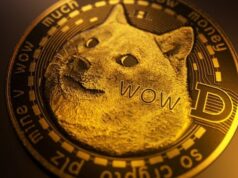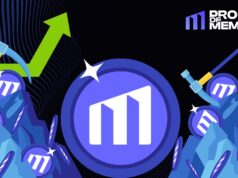
If you are on social media and love to read blogs and news related to the modern financial market, then you have probably come across the terms digital currencies, cryptocurrencies, and what is known as NFT – non-fungible tokens.
All of these things are often put in a similar context and there are some similarities between them, but in practice, there are three different things. We assume that you are already aware of what digital currencies are.
Hint: Currencies that are controlled through a bank and that exist in digital form.
Cryptocurrencies, you already know enough about them – decentralized digital assets, which are rewarded for your blockchain activity. They use advanced machines that solve complex crypto tasks to generate a block containing those coins, which are later used for trading and exchange. You can click here to be up to date with all the news related to it.
What are NFTs then?
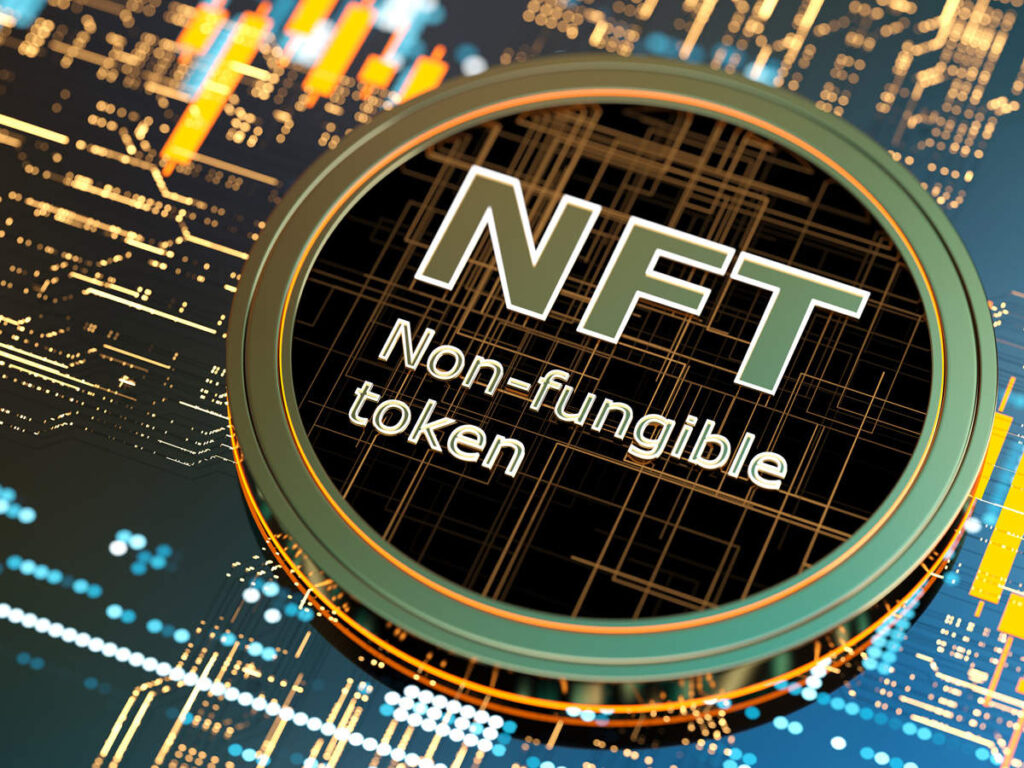
These are digital assets that they use to display real-world items. Of course, from the very beginning, it is clear that they are different from both cryptocurrencies and digital currencies.
With non-fungible tokens, you can digitize photos, but also music, videos, artwork, vouchers, discount coupons, trading cards, almost anything that can get a digital representation. Such tokens are sold online.
What is unique about them is that they cannot reproduce, i.e. one object can be tied to only one token. The price depends on how the owner will define it or on the bidding and interest for the specific NFT. In short, they all exist in digital format, but their value is real.
How are they different from cryptocurrencies?
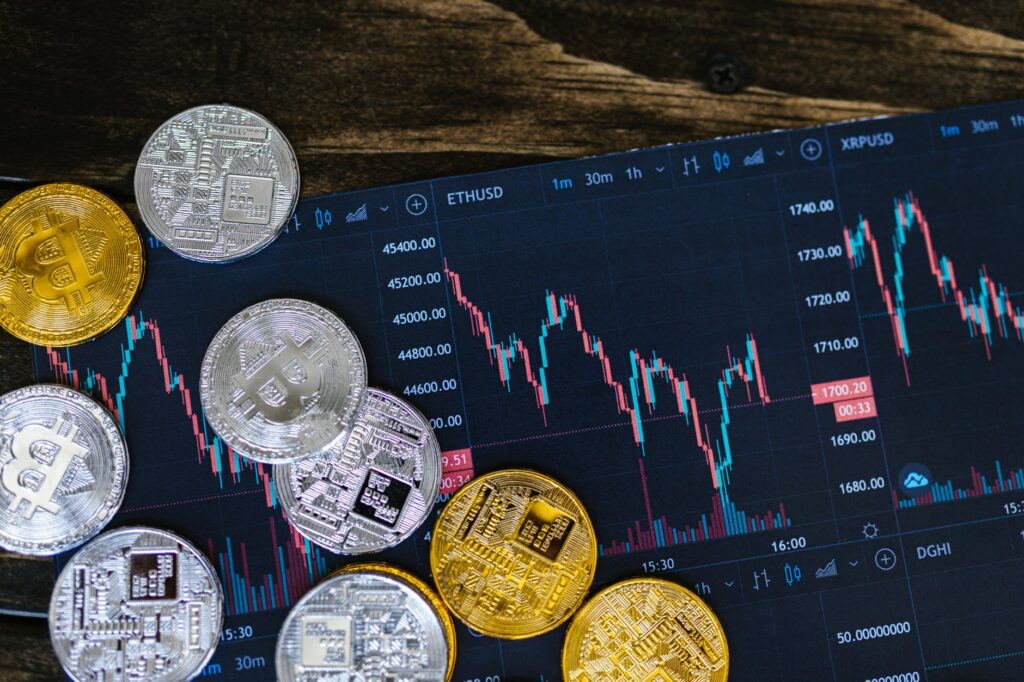
By definition, cryptocurrencies do not represent anything in the physical world, although their value can be equated to that of fiat currencies. But they are created as a reward for their activities in the crypto network and there are ways to claim them so that you can confirm that they are yours.
They are money that cannot be physically owned in any way, there are no coins and banknotes that represent Bitcoin, Ethereum, or any other currency. If you want to cash them in, you have to convert them into one of the world-famous currencies.
Their value is variable, but at the moment of trading, it depends only on how things change on that stock exchange. For example, you can’t bid or evaluate for yourself how much that currency is worth because the value is already defined. This is not the case with NFTs, for which it is considered that the price of that particular token may rise or fall, but also be strictly defined and unchanged, no matter how the values of the others move.
The most obvious difference is in the name itself. One is currencies and the other is tokens. However, it can be said that NFTs are a very small part of the crypto world because you need cryptocurrencies to be able to trade them.
Why are NFTs becoming even more interesting than cryptocurrencies?

Bitcoin, for example, is fungible, which means that if you trade BTC you will have BTC again. But NFTs are unique, one of a kind, and if you trade or trade them, you get something completely different.
But we have to admit that you have heard well that they are related to cryptocurrencies. The easiest way for these tokens to survive is when they are part of the Ethereum blockchain. The Bitcoin network does not support non-fungible tokens, but ETH also supports most of the tokens you come across that are somehow retrieved from the crypto market.
And indeed, that means you can digitize and mint everything that comes to mind – even your own tweets, as the founder of Twitter did recently. He even sold NFT with his tweet for just under $ 3 million. Well, you see what we are aiming for and we believe that you already understand the concept of such tokens.
How do NFTs work?
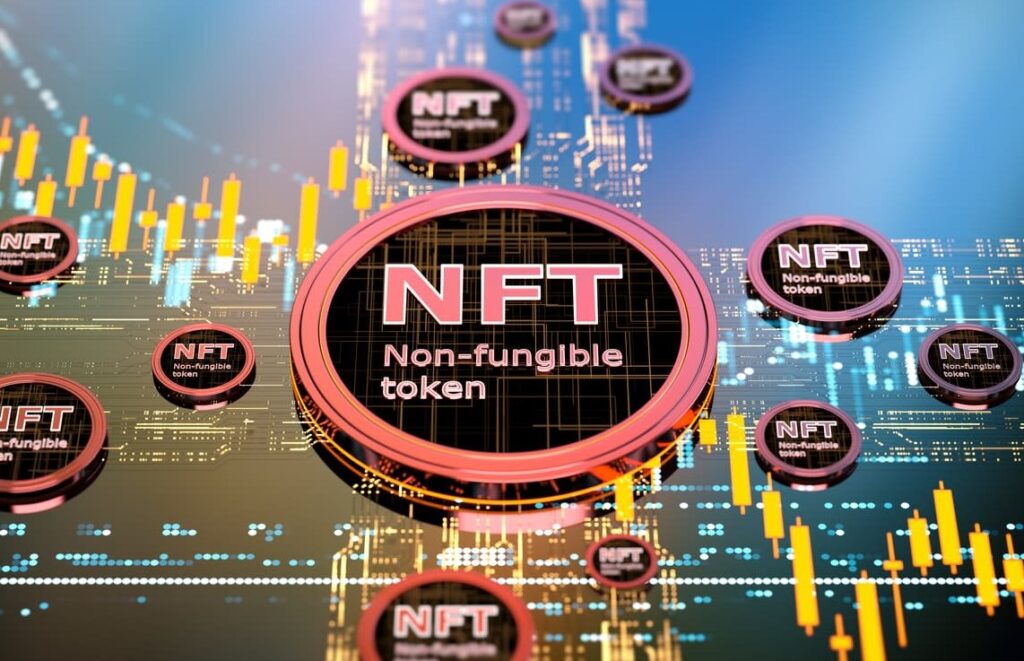
Their distribution, as we have already said, takes place through the Ethereum blockchain, but there are other networks where they are supported. This preserves the records of the performed transactions.
These tokens can represent art, videos, video clips, GIFs, collectibles, video game avatars, unique designs, music, intellectual property, copyright, and so on.
They are a great way for the work owner to monetize their work and make it available worldwide. To be able to buy and own NFT, you need to have a digital wallet.
To simplify the whole thing, it would be good to have several ETHs in stock, so you can access the tokens and choose the one you want. Be sure to use platforms where the additional cost of cryptocurrency transactions is minimal.
However, they do not prevent copying and duplication
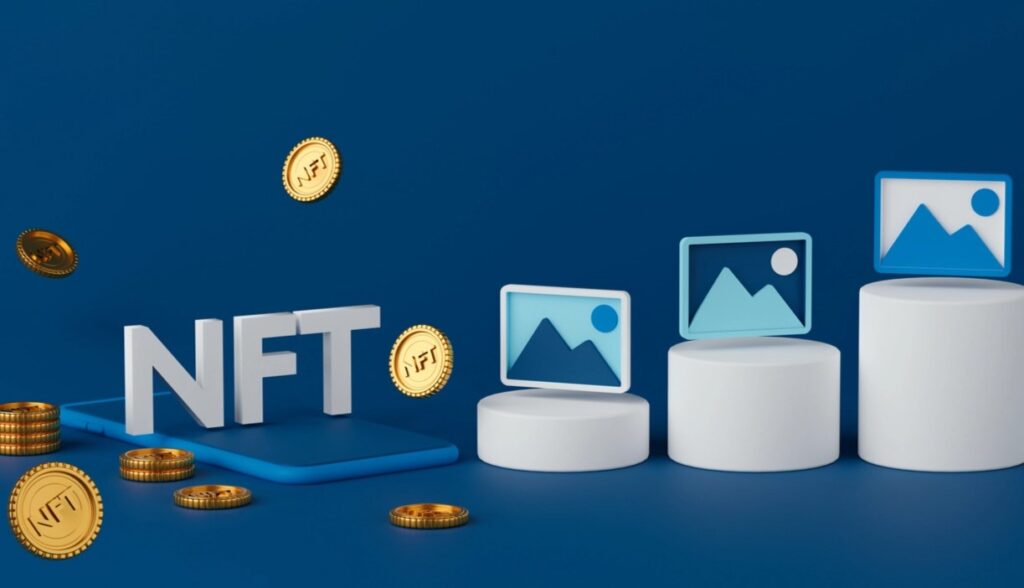
Your token is associated with a specific piece of art. For example, if the NFT you purchased represents an excerpt from a recent performance by Dr. Dre, Snoop Dogg, Eminem, Mary J. Blige, 50 Cent, and Kendrick Lamar in the NFL Half, he only applies to the specific source.
If that video was copied and pasted from another source, then your token does not count as a copy. On the other hand, one can use NFT to protect the right over the excerpt and all others to be invalid and worthless. But that does not stop someone else from creating a token associated with the copy. Eventually, it will be different assets intended for the same work, the value of which may approach, or never grow.
Conclusion
As you can see, digital money, cryptocurrencies, and NFTs are a part of a bigger concept. They have similarities, but they are so different at the same time. Some people are really confused and they can’t keep track of what’s happening. But, we really hope that our article will help you understand what they are, and make a difference.
Surely, this is not the end, and many things will change as time goes by. We can only wait to see how these things will go, and what will happen to all the digital assets available worldwide.


